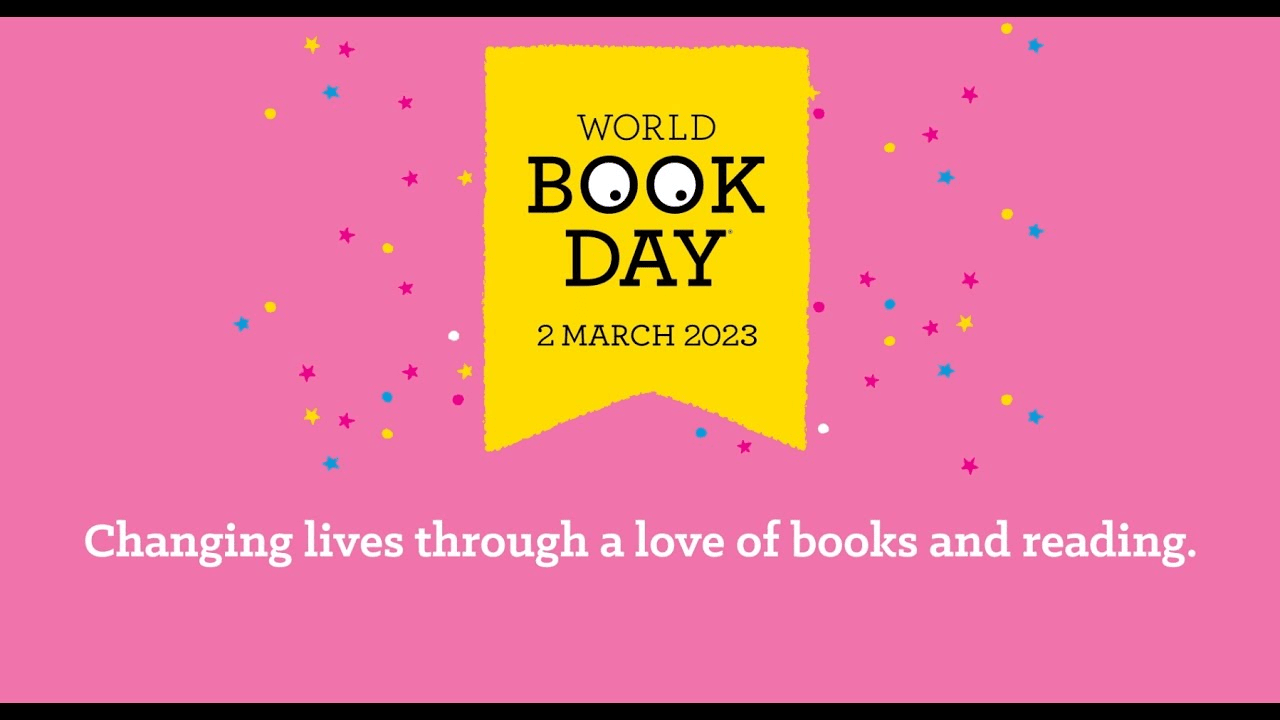

This special day in the literary calendar always catches me by surprise because it’s always here before I realise it. How can it be a year since we last celebrated our love of books, of reading, at school? It seems hardly possible – but perhaps that is because we celebrate reading throughout the year, not just on one specific day.
On break duty today, I had fun talking to the children about their choice of character. As well as the ever-popular Disney princesses, Roald Dahl characters and Harry Potters (I noticed fewer Hermiones), we’ve also had a T-Rex, a Mad Hatter, a Hundred-Mile-an-Hour Dog and a Peanut Jones (the only peanut allowed in our nut-free school!). We had a Bilbo Baggins and a Smaug from The Hobbit, as well as The Saucepan Man from The Magic Faraway Tree and Piggy from Lord of the Flies.
What I found fascinating in our school assembly was listening to why children and adults had chosen their favourite books. The adults had an emotional connection to their choices and this made me think about how books don’t just tell a story within their pages; they also remind us of tales from our own lives. They mean different things at different points in our lives – they reflect what is happening to us, how we’re changing, how our interests and passions grow. They meet whatever interest or need we have at key moments in our lives.
For example, the book I brought in today to share was The Big Book of Amazing Facts which I discovered is nearly as old as me. I carried this book around with me as a child, telling anyone who would listen (usually my long-suffering mother) about all the treasures inside. I found the facts truly amazing! For example, did you know that hot air balloons were discovered by accident while watching underwear dry? Madame Montgolfier had hung her petticoats over a small fire and her husband watched in fascination as the heat underneath made the garments rise!
However, I could have chosen many other books. I still have my copy of Richard Scarry’s Best Bedtime Stories Ever – and I remember making my poor mother (again!) read me ‘The Teeny Tiny Woman’ over and over – how she did not go insane with that, I still do not know to this day (‘teeny tiny’ is repeated ad nauseum throughout). I also was – and still am – very fond of Kenneth Grahame’s The Wind in the Willows, which was given to me as an audiobook on cassettes. I used to listen to it as my comfort read, and what made it really special was that the narrator was the incomparable Kenneth Williams. It was a perfect matching of story and reader – I still love it to this day.
As an adult, choosing a book that has meant a lot to me is more difficult, perhaps because, as we get older, we look to books to challenge us, unsettle us, rather than just comfort us. In terms of children’s books, I have a soft spot for Jane Ray’s Can You Catch a Mermaid? because I remember curling up with my daughter to read it in bed. It’s a beautiful tale of a lonely girl who lives with her father in a Scottish fishing village and who longs for a friend. The story is very poetically told and the illustrations, as you might expect from Jane Ray, are stunning.
In recent years, I have become fascinated by polar travel and exploration and one book had a profound impact on me: A Woman in the Polar Night, by Christiane Ritter. Ritter was an Austrian painter and writer whose husband worked as a trapper in Spitsbergen. She decided to join him one winter to experience what she believed would be a chance to: “…read thick books in the remote quiet and, not least, sleep to my heart’s content.” This romanticised notion was soon shattered when she saw the tiny hut they lived in, alongside another trapper, and the privations of life in a hostile environment. At one point, with her husband and their companion away for weeks checking the traps, Christiane was trapped alone in the hut in 24-hour darkness, listening to the ferocious Arctic storms, and the solitude led her to dark places in her mind. However, she emerged from this experience stronger and with a new appreciation and love for the beauty of the bleakness around her. I found it inspiring to read how one person’s trials and struggles – both physical and psychological – ultimately led to a sense of peace and acceptance.
These are just some of the examples of books that have influenced or moved me throughout my life – there are plenty more I could have chosen. Rather like the long-running Desert Island Discs on the BBC, I think books can act in a similar way to symbolise moments in our life – that, at least, is what I took from today. Whether they are fiction or fact, they speak to who we are as people: our strengths, weaknesses, likes and dislikes – and are therefore so much more than words on a page. They become part of the story of our life.












Your article helped me a lot, is there any more related content? Thanks!